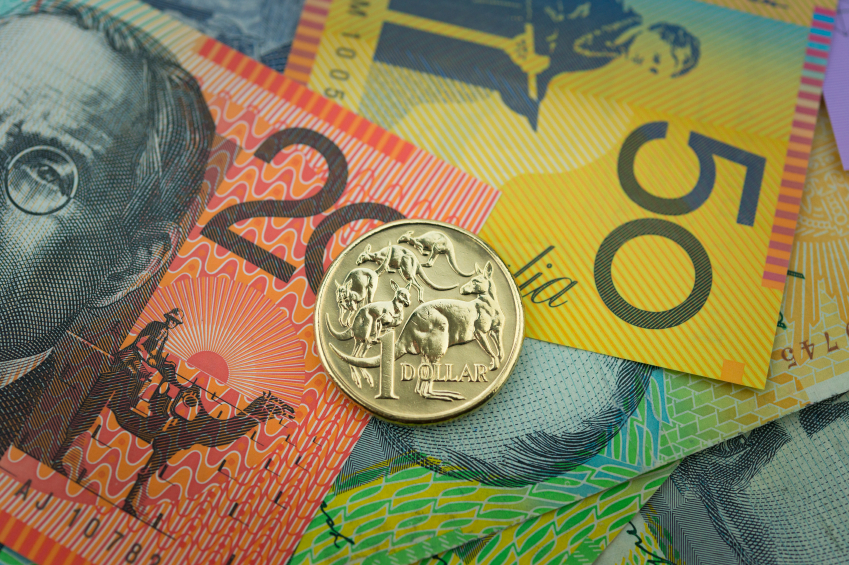Do you use a credit or debit card overseas? This article explores the fees you might be paying each time you travel overseas.
A recent study by The Currency Shop found that 49.8% of Australians travelling overseas mainly used their debit or credit card from Australia to spend money. It’s costing them over $400 in bank fees.
Using the same card overseas that you do in Australia is by far the easiest way to travel. It’s also the most expensive.
Bank Fees to Use Debit and Credit Cards Overseas
Using your Australian debit card overseas can be incredibly expensive. All big 4 banks charge customers in three different ways when their cards are used overseas:
- Foreign Transaction Fee
- Overseas ATM Fee
- Exchange Rate Margin (by giving you an exchange rate much lower than the wholesale rate you see on xe.com)
ANZ, CBA, NAB and Westpac all charge the same Foreign Transaction Fee and at the ATM. The exchange rate margin varies from bank to bank and will also depend on what currency you are converting to, but is usually between 4 and 8%.
Using a credit card is just as bad but to add insult to injury, there is also a cash advance fee if you use an ATM to withdraw money in foreign currency.
Debit Cards International Transaction Fees
| Debit Cards | Visa or Mastercard | ATM Fee | International Transaction Fee |
| NAB Classic Banking | Visa | $5.00 | 3% |
| ANZ Access Advantage | Visa | $5.00 | 3% |
| Westpac Choice | Mastercard | $5.00 | 3% |
| Commonwealth Bank Smart Access | Mastercard | $5.00 | 3% |
| Bankwest Easy Transaction | Mastercard | $5.00 | 2.95% |
| Macquarie Transaction Account | Mastercard | $5.00 | $0 |
| HSBC Day to Day Account | Visa | $4.50 | 3% |
| ING Direct – Orange Everyday | Visa | $2.50 | 2.5% |
| Citibank Plus | Visa (Mastercard from March 2017) | $0 | $0 |
Credit Cards International Transaction Fees
| Credit Cards | Visa or MasterCard | ATM Fee | International Transaction Fee | Cash Advance Fee |
| ANZ Low Rate, First & Rewards Visa | Visa | $5.00 | 3% | 2% or at least $4.00 |
| Westpac Low Rate, 55 Day & Altitude Rewards Credit Card | Visa | $5.00 | 3% | 2% or at least $2.50 |
| NAB Low Rate, Premium & Velocity Rewards Credit Card | Visa | $5.00 | 3% | 2% or at least $2.50 |
| CAB Low Rate, Awards & Platinum Awards Credit Card | Visa | 2% or at least $2.50 | 3% | 2% or at least $2.50 |
It Adds Up
Lets look at an Australian family that goes overseas and spends $5,000 over 3 weeks. They mainly use their debt card and go to the ATM twice a week.
They would lose:
- $150 in bank fees on their transactions
- $30 in ATM fees
- Between $200 and $400 in exchange rate margin
Bank Fees Are Unavoidable
But it’s not easy.
Instead of using your cards, you can buy your currency in cash before you go. This way you avoid the ATM and foreign exchange fees. You’ll still incur a exchange rate margin but if you compare exchange rates and avoid the bank, you can reduce this fee.
The downside of carrying cash is the security. If you get robbed and you don’t have insurance, it leaves you without any money.
You can also look at taking a card outside of the major banks. The Citibank Saver Plus doesn’t have any foreign transaction or ATM fees.
Finally, you can look at using a Travel Card. Make sure you do your research though. Many of them have just as many fees as a debit or credit card.
Should You Ever Use a Debit or Credit Card Overseas?
Yes.
Australian debit and credit cards are still a handy resource to use as a backup. If you are on your last day of an overseas holiday and you have run out of money on a prepaid travel card, it is practical to use your debit or credit card rather than reload the travel card with currency you may not use.
They are also a good back up to take and store in a different part of your luggage as an emergency in case you are robbed or if your luggage gets lost.

